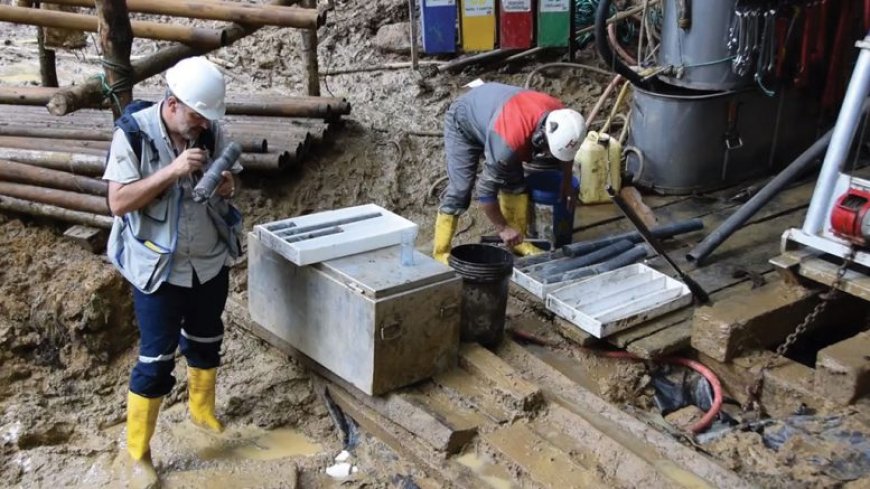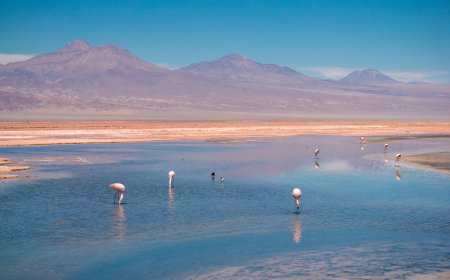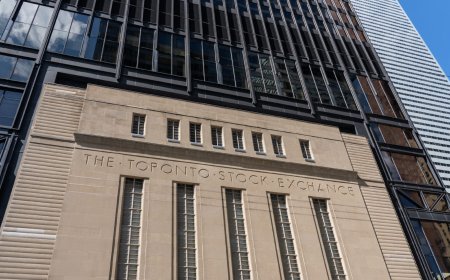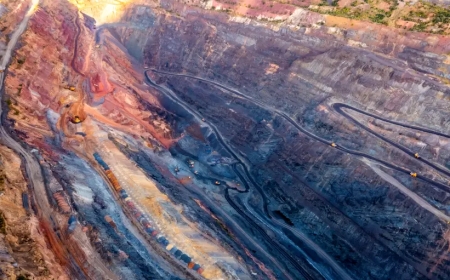Lumina’s Cangrejos ranks as 26th-largest global gold asset, according to new PFS
A new prefeasibility study on Lumina Gold’s (TSXV: LUM, US-OTC: LMGDF) Cangrejos gold-copper project in El Oro province, southwest Ecuador, substantially improves the large but low-grade project’s economics.


The study, led by Ausenco Engineering, calculated a net present value (NPV) of US$2.2 billion at a 5% discount rate — an improvement of 43% over the two previous studies, including a 2020 preliminary economic assessment.
On the same basis, the internal rate of return (IRR) is up 1% to 17.2%, using gold and copper price assumptions of US$1,650 per oz. and US$3.75 per lb., respectively, compared with US$1,400 per oz. and US$2.75 per lb. previously At US$1,980 per oz. gold, the NPV rises to US$3.5 billion.
In a release, Lumina president and CEO Marshall Koval suggested the company wants to start project permitting and move towards construction as soon as possible.
“This study not only confirms the tremendous value of the Cangrejos project but also allows the company to commence negotiating terms for its investment protection agreement and begin the permitting process required for Cangrejos to begin construction,” he said in a statement. “We believe this is one of the best gold and copper development assets globally based on its surrounding infrastructure, scale and multi-decade mine life.”

Throughput will rise to 60,000 tonnes per day in year four and 80,000 in year seven.
Highlights of the study include a 26-year mine life with a revenue mix of 79% gold, 20% copper and 1% silver, the Vancouver-based company said in an after-markets release Monday.
The average yearly payable output is pegged at 371,000 oz. gold and average payable byproduct copper is estimated at 42 million lb. per year.
Capital costs are pegged at US$925 million to build a 30,000-tonne-per-day initial operation, compared with US$1 billion in the PEA to build a 40,000-tonne-per-day mine.
The planned processing plant for Cangrejos is a conventional copper-gold flotation concentrator and hybrid leach-carbon-in-leach circuit.
Over the life of the mine, the output will average 469,000 oz. of gold-equivalent metal.
Cash operating costs came in at US$602 per oz. gold and all-in-sustaining costs at US$671 per oz., net of byproduct credits.
Probable gold reserves are 11.6 million oz. in 659 million tonnes grading 0.6 gram gold per tonne. Indicated resources (inclusive of reserves) increased to 16.8 million oz. from 10.4 million oz., held in 1 billion tonnes grading 0.48 gram gold per tonne. It also has an inferred resource of 3.7 million oz. in 296.3 million tonnes grading 0.4 gram gold.
The resource estimate includes the Gran Bestia deposit, 1 km away.
At 61¢ per share on Tuesday, Ross Beaty-backed Lumina’s equity has gained about 70% in value since the beginning of the year, despite being down 5% over the past 12-month timeframe. The share price has touched a low of 23¢ and a high of 66¢ over the year. It has a market capitalization of $229.6 million.




















